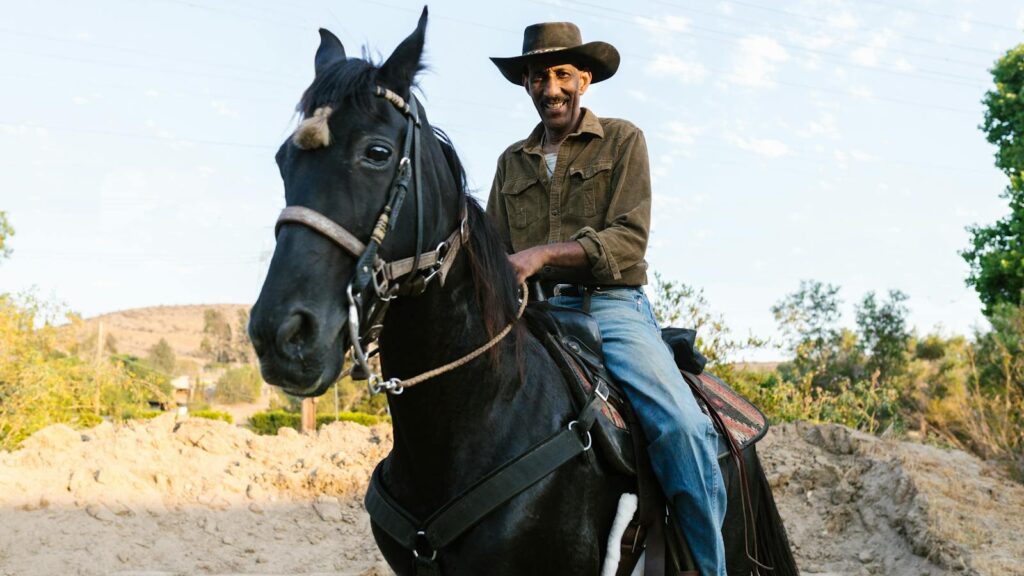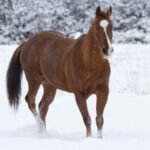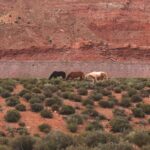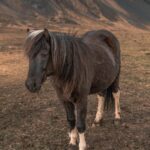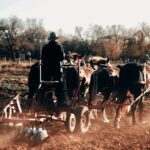Few cultural icons are as universally recognized and romanticized as the American cowboy. The image of a lone rider against the backdrop of the rugged West has captured imaginations worldwide for generations. But beyond Hollywood portrayals and rodeo shows lies a rich cultural heritage deeply rooted in practical skills, unwavering values, and a unique relationship between humans and horses. This comprehensive guide explores the authentic essence of cowboy culture riding—from its historical origins to modern-day practices that keep this tradition alive. Whether you’re a curious novice or an experienced rider looking to connect with Western heritage, this journey through cowboy riding culture offers insights into a way of life that has shaped American identity.
The Historical Roots of Cowboy Riding
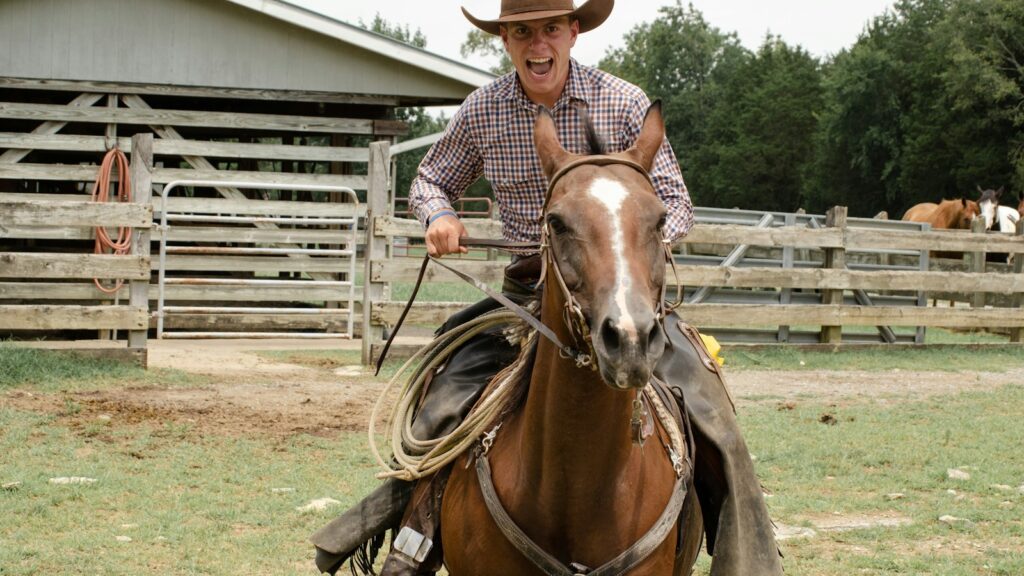
The American cowboy tradition didn’t emerge in isolation but evolved from various cultural influences dating back to the Spanish conquest of the Americas. The vaqueros of Mexico were the original American cowboys, developing specialized riding and cattle-handling techniques that would become foundational to cowboy culture. When American settlers moved westward in the 19th century, they adopted and adapted these practices to suit the vast expanses of the American frontier. The golden age of the cowboy—roughly from the 1860s to 1890s—saw the emergence of long cattle drives that required exceptional horsemanship and endurance. During this period, distinct regional styles of riding developed across the American West, each responding to specific terrain challenges and working requirements. This rich history continues to influence modern Western riding in everything from equipment design to riding posture.
Essential Cowboy Riding Equipment
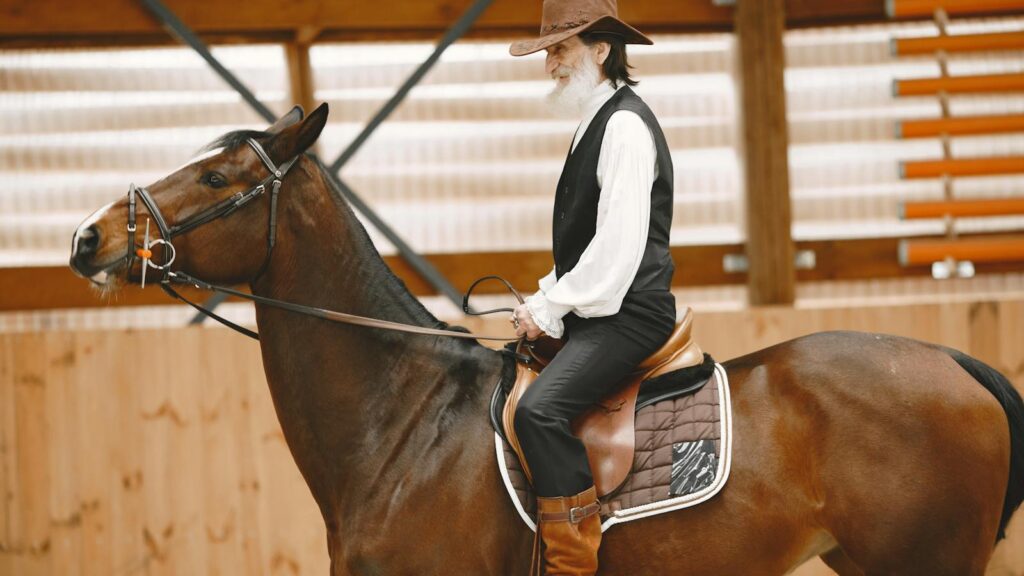
At the heart of cowboy riding culture is purpose-built equipment that has evolved over centuries to meet practical needs. The Western saddle stands as perhaps the most iconic piece, featuring a deep seat, high cantle, and prominent horn designed for security during long rides and utility during cattle work. Traditional cowboy boots aren’t just fashion statements but functional gear with pointed toes to easily slip into stirrups, high heels to prevent the foot from sliding through the stirrup, and tall shafts to protect the rider’s legs from brush and rope burns. The cowboy hat—far from mere decoration—serves as protection from sun, rain, and cold while uniquely identifying its wearer’s regional background and personal style. Other essential gear includes split reins that won’t tangle if dropped, spurs designed for precise communication rather than punishment, and often a lariat rope for practical work with livestock. Each piece of equipment reflects generations of refinement to meet the demands of working horseback in challenging conditions.
The Western Saddle: Form and Function
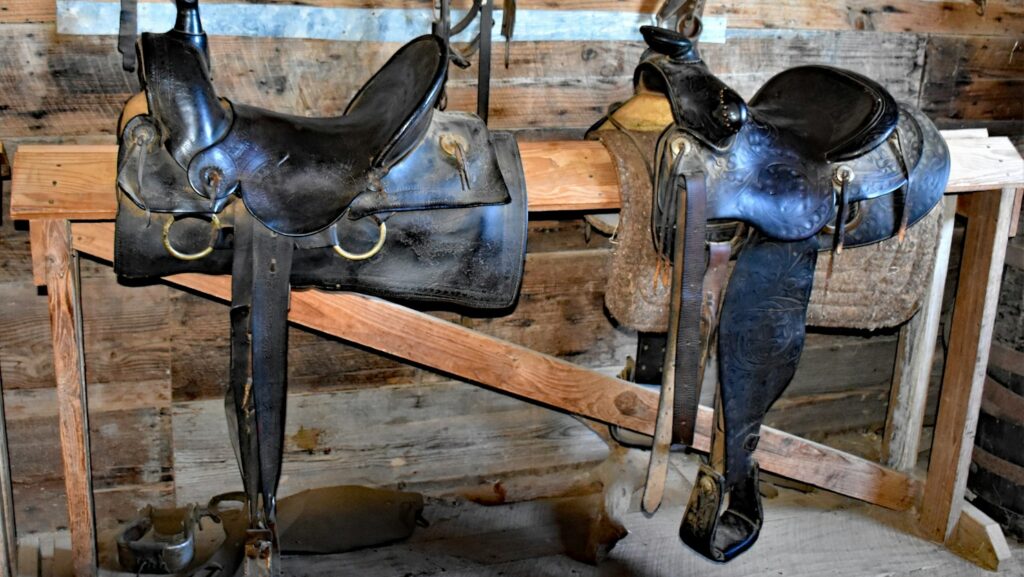
The Western saddle represents a masterpiece of functional design evolved specifically for the working cowboy’s needs. Unlike English saddles, Western saddles distribute weight across a larger area of the horse’s back using a substantial tree (internal frame) covered with a sheepskin underside, making them ideal for long days of riding in challenging terrain. The saddle horn—originally designed for securing a rope when working cattle—serves as both a practical tool and a stabilizing handhold for novice riders. Regional variations in Western saddles reveal much about their intended use: the Texas saddle with its wide seat for comfort during long cattle drives, the slick fork saddle preferred by ranch hands in the northern states, or the lightweight cutting saddle designed for quick turns when separating cattle. Modern Western saddles maintain these traditional design elements while incorporating new materials and manufacturing techniques that improve durability and comfort for both horse and rider. Despite technological advances, the core principles of Western saddle design remain remarkably consistent with those used by cowboys over a century ago.
Western Riding Style and Techniques

The cowboy approach to horsemanship emphasizes efficiency, subtlety, and a deep partnership between horse and rider. Unlike some English riding disciplines that emphasize rider position and formal appearance, Western riding traditionally prioritizes practical outcomes—controlling cattle, covering distance comfortably, and working effectively in variable conditions. Western riders typically maintain a relaxed posture with weight settled deeply in the saddle, legs extended forward rather than beneath the rider, and reins held in one hand to leave the other free for rope work or other tasks. The communication between horse and rider relies heavily on weight shifts, leg pressure, and minimal rein contact—a style described as “riding from the center” rather than controlling primarily through the hands. Experienced Western riders develop a nearly invisible communication system with their mounts, using subtle cues that observers might not even notice. This riding philosophy reflects the practical origins of cowboy horsemanship, where horses needed to work semi-independently while their riders focused on cattle or terrain challenges.
Horse Selection and Training in Cowboy Tradition

The cowboy approach to horse selection and training has always been firmly grounded in practicality and respect for the animal’s natural abilities. Historically, cowboys favored compact, sturdy horses with good “cow sense”—an innate ability to read and anticipate cattle movements—over flashier, less functional animals. Quarter Horses became particularly associated with cowboy culture due to their powerful hindquarters providing exceptional acceleration and agility when working cattle. Traditional Western horse training emphasizes creating a responsive, thinking partner rather than a mechanically obedient mount—a philosophy captured in the old saying: “The best cowboys ride the best horses because they make them the best.” The hackamore and later the spade bit training progression represents a systematic approach to developing a horse that works primarily off seat and leg cues, with increasing refinement in response to subtle hand signals. Modern natural horsemanship methods often draw heavily from these traditional cowboy approaches, focusing on clear communication and partnership rather than domination. This training philosophy distinguishes Western riding from many other equestrian traditions and remains central to authentic cowboy horsemanship today.
Cattle Working: The Heart of Cowboy Riding
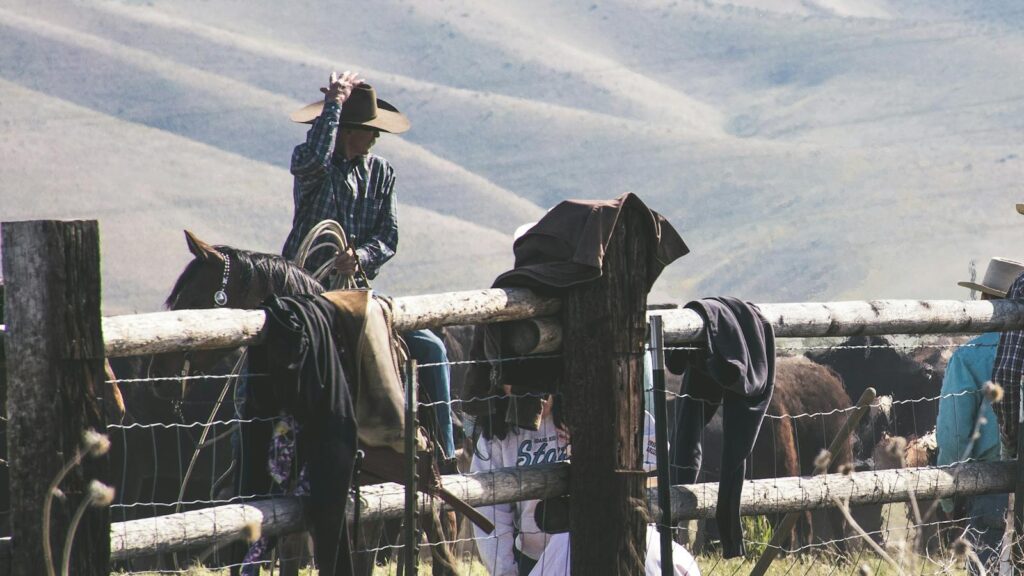
Working with cattle represents the original purpose and continuing heart of cowboy riding traditions. The seemingly simple task of moving cattle from one location to another requires sophisticated horsemanship skills, keen observation, and a deep understanding of both bovine and equine psychology. Cowboys develop an intuitive sense of “pressure and release”—knowing precisely when to push cattle and when to back off—that prevents stress and stampedes while efficiently moving herds. Cutting—the skill of separating individual animals from the herd—showcases the pinnacle of cow horse abilities, with well-trained mounts that can track a cow’s movements independently while the rider primarily provides balance and support. Traditional ranch roping differs significantly from rodeo techniques, emphasizing control and practical outcomes over speed or showmanship. For working cowboys, these cattle-handling skills aren’t sport but essential occupational tools that determine their effectiveness and even safety in daily work. The deep satisfaction of partnership with a good cow horse during successful cattle work continues to motivate many who pursue authentic cowboy riding.
Trail Riding and Covering Country
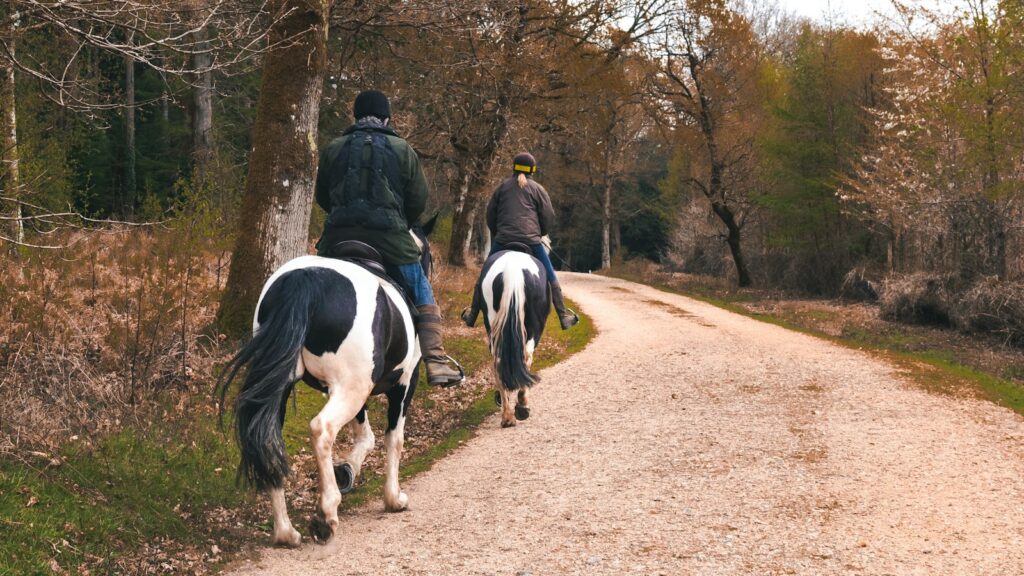
Beyond cattle work, cowboys have always needed horses capable of covering vast distances efficiently across challenging terrain. The tradition of the trail horse—sure-footed, sensible, and possessing tremendous endurance—remains an essential element of cowboy culture riding. Historical cattle drives might cover 15-25 miles daily for weeks or months, requiring horses that could maintain steady energy while navigating obstacles and varying conditions. Cowboys developed specific techniques for ascending and descending steep slopes, crossing water, and traversing unstable ground that prioritized safety for both horse and rider. The cowboy approach to trail riding emphasizes self-sufficiency and preparedness, with riders expected to handle emergencies, weather changes, and equipment issues independently while far from assistance. Modern recreational trail riders who adopt cowboy methods typically ride with longer stirrups, relaxed posture, and a forward seat that allows the horse to balance naturally over varied terrain. This practical approach to covering country efficiently represents one of cowboy riding’s most valuable contributions to broader equestrian culture.
Competitive Western Riding Events
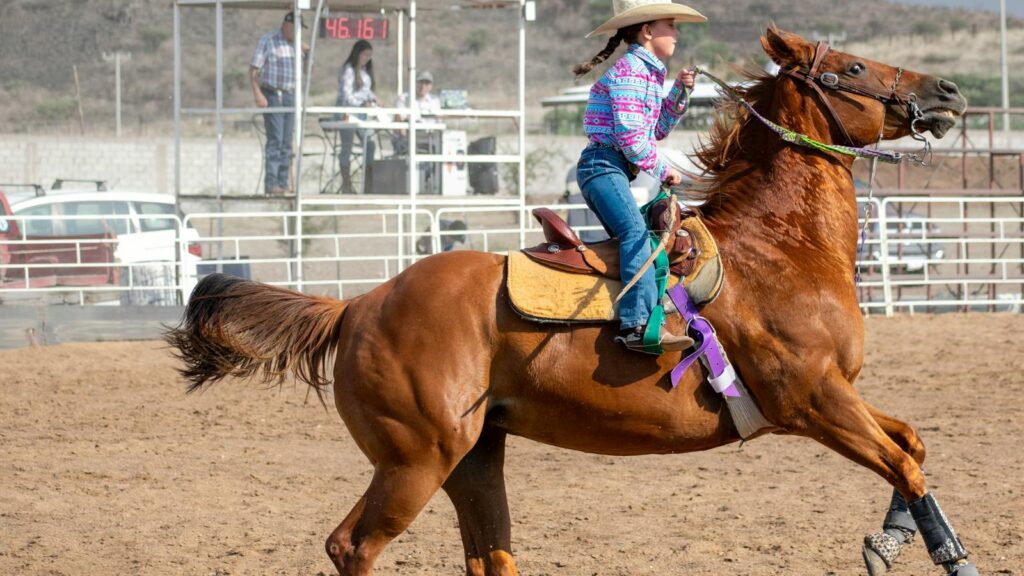
Although working cowboys historically viewed horsemanship as a practical skill rather than sport, competitive events preserving these traditions emerged early and continue to showcase cowboy riding skills. Rodeo events like team roping, calf roping, and steer wrestling directly demonstrate practical ranch skills in a competitive format, though often at higher speeds than typical ranch work. Working cow horse competitions evaluate a mount’s ability to perform a prescribed reining pattern and then work a single cow, showcasing the precision and cow sense valued in ranch horses. Western pleasure, horsemanship, and trail classes in horse shows assess the smooth gaits, responsiveness, and practical abilities that working cowboys have always valued in their mounts. Barrel racing—though developed as a women’s rodeo event rather than from ranch work—nonetheless showcases the speed, agility and tight turns valuable in cow horses. These competitive venues help preserve traditional skills while allowing riders without ranch access to participate in aspects of cowboy riding culture. For many competitors, these events provide both community connection and measurable goals for improving their horsemanship within Western traditions.
Cowboy Ethics and Values in Horsemanship
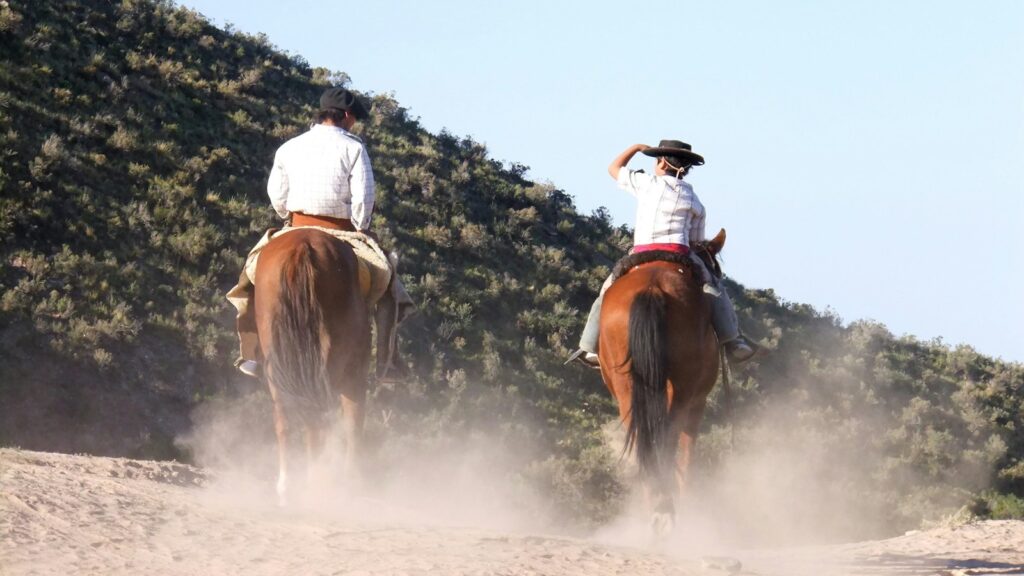
Beyond physical techniques and equipment, cowboy riding culture encompasses a distinct ethical approach to horses, work, and personal conduct. The Code of the West—though never formally written—established clear expectations for honesty, self-reliance, and taking responsibility for one’s actions. In horsemanship specifically, cowboy ethics emphasize fairness toward the horse, valuing a willing partnership over forced compliance. Traditional cowboys understood that their lives often depended on their horses, creating a relationship based on mutual trust and respect rather than domination. The cowboy value of pragmatism shows in their approach to horse training: techniques are judged by results rather than adherence to rigid doctrine, but cruelty is rejected as both ineffective and dishonorable. Perhaps most distinctive is the cowboy’s legendary stoicism—accepting hardship without complaint and finding satisfaction in work well done rather than external recognition. These ethical dimensions of cowboy culture continue to influence Western riders today, often attracting people to the tradition specifically because of these values rather than just riding techniques.
Regional Variations in Cowboy Riding

While popular culture often presents a homogenized version of cowboy riding, significant regional variations developed across the American West in response to different environments and working needs. Texas cowboys traditionally developed techniques suited to working large herds across flat, open terrain, favoring larger horses and emphasizing rope skills from horseback. In contrast, California vaquero traditions emphasized refined bridle horses trained through a years-long progression, producing extremely responsive mounts for working in brushy, varied terrain. The buckaroos of the Great Basin region blended these approaches with influences from their often-isolated ranching communities, developing distinctive equipment like the slick fork saddle and McCarthy reins. Cowboys working Florida’s swampy palmetto country developed techniques for handling cattle in dense vegetation where visibility was limited, including the distinctive “cow whip” rather than lariat. These regional traditions continue to influence modern Western riding, with many riders proudly maintaining their specific regional heritage through equipment choices, training methods, and riding style. Understanding these variations reveals the adaptability and practical problem-solving at the heart of authentic cowboy horsemanship.
Modern Working Cowboys and Their Horses

Contrary to popular belief, authentic working cowboys haven’t disappeared but have adapted to modern ranching while maintaining core traditional skills. Today’s working ranch cowboys still spend long hours horseback gathering, sorting, and treating cattle across terrain often inaccessible to motorized vehicles. Modern ranch horses typically receive more systematic training than their historical counterparts, but the qualities valued remain remarkably consistent: intelligence, physical toughness, calm temperament, and inherent livestock sense. Working cowboys today often blend traditional knowledge with contemporary veterinary and horsemanship understanding, creating healthier partnerships while maintaining practical effectiveness. Technology has influenced modern ranch work, with cowboys communicating via radio or cell phone and sometimes using helicopters or ATVs alongside horseback work. Yet the fundamental relationship between rider, horse, and livestock continues largely unchanged from previous generations. For these modern cowboys, horsemanship remains not a hobby but an essential occupational skill and often a deeply valued cultural identity connecting them to family traditions and Western heritage.
Learning Authentic Cowboy Riding
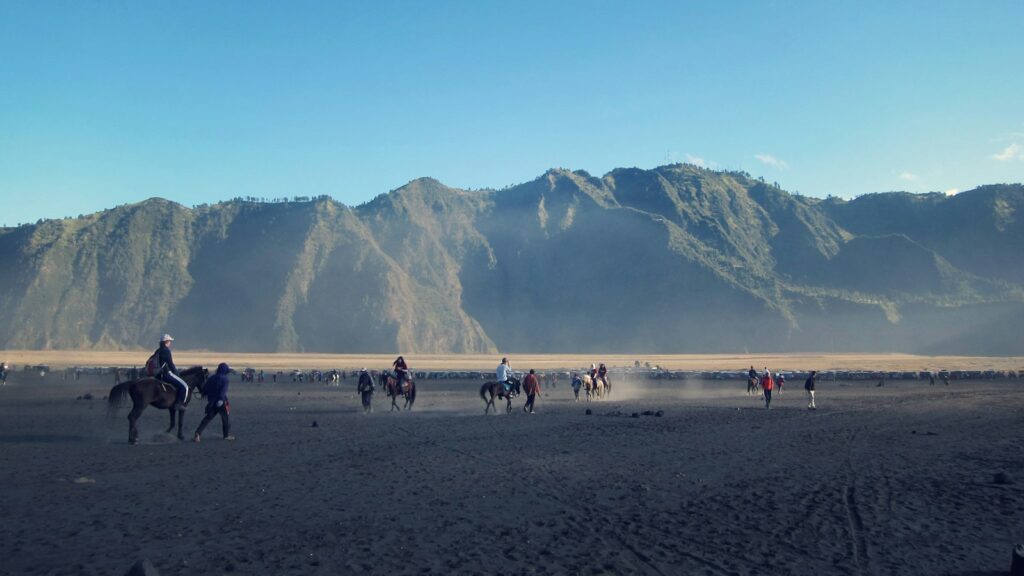
For those interested in experiencing genuine cowboy riding culture, several pathways offer access to traditional knowledge and skills. Working ranch vacations or guest ranches provide immersive experiences where visitors can participate in actual cattle work under guidance from experienced hands, learning practical applications rather than just technique. Specialized Western riding clinics taught by working cowboys or respected horsemen offer focused instruction in specific skills like roping, cattle work, or traditional horsemanship methods. Regional cowboy gatherings such as brandings, cattle drives, or ranching demonstrations often welcome respectful newcomers wanting to learn through observation and participation. Written resources from authors like Tom Dorrance, Ray Hunt, and modern cowboys like Buck Brannaman provide philosophical foundations that complement hands-on learning. The most authentic learning, however, comes through mentorship relationships with experienced cowboys who can provide context, correction, and practical wisdom beyond what any formal instruction could offer. This apprenticeship model of learning—watching, trying, and receiving feedback—remains the traditional path to developing true cowboy horsemanship skills.
Preserving Cowboy Riding Heritage for Future Generations

As ranching changes and urbanization continues, deliberate efforts have emerged to preserve authentic cowboy riding traditions for future generations. Organizations like the National Cowboy & Western Heritage Museum, the Western Folklife Center, and various stock horse associations document and celebrate cowboy riding culture through archives, demonstrations, and competitive events. Working ranch cowboys have established their own organizations, like the Working Ranch Cowboys Association, to maintain and showcase the practical skills of their profession while providing community support. Youth programs including 4-H horse projects, high school rodeo, and ranch youth camps introduce young people to Western riding traditions in structured, supportive environments. Perhaps most importantly, many ranching families consciously pass down their horsemanship knowledge and values to children and grandchildren through daily work and mentorship. These preservation efforts recognize that cowboy riding represents not merely recreational activities but a cultural heritage with enduring value for its approaches to horses, work ethic, and human relationships. As one veteran cowboy put it: “These traditions survived because they work—our job is just making sure the knowledge doesn’t skip a generation.”
conclusion
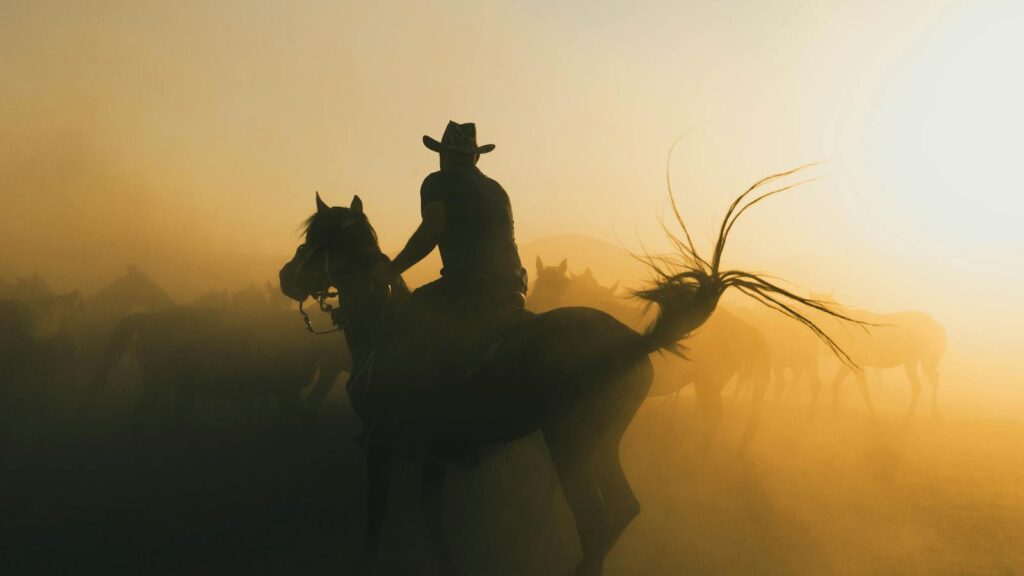
The enduring appeal of cowboy culture riding stems from its authentic connection to practical work, clear values, and the remarkable partnership between humans and horses. Whether practiced by working ranch hands, competitive Western riders, or recreational enthusiasts, these traditions offer more than merely techniques—they provide a philosophy of horsemanship grounded in mutual respect and functional purpose. As the modern world continues its rapid changes, the timeless wisdom embedded in cowboy riding culture remains relevant, offering lessons about patience, self-reliance, and harmony with animals that transcend their origins. For those who saddle up in the Western tradition, they join a centuries-long conversation between riders and horses that continues to evolve while honoring its roots. The cowboy way of riding endures not through rigid preservation but through living practice, adapting to new circumstances while maintaining the core principles that have always defined this quintessentially American tradition.

